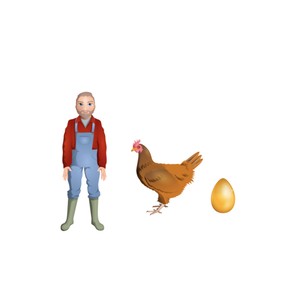



8,000 schools use Gynzy
92,000 teachers use Gynzy
1,600,000 students use Gynzy
General
In this lesson, students will learn how to identify the moral of a story. They will read a few stories and identify character traits to help them describe the morals.
Standards
CCSS.ELA-Literacy.RL.3.2
Learning Objective
Students will be able to identify the moral of a story.
Introduction
This lesson starts with a brief re-telling of The Boy Who Cried Wolf. What is the moral to be learned from that story?
Identifying the moral of a story helps us resolve similar conflicts we may have in our own life. When you read widely enough, you are likely to find stories similar to your own and learn new ways of dealing with promises you may be having.
Instruction
To successfully identify the moral of a story, often a reader has to relate to and understand what is happening with the characters in the story. The moral of a story is often centered around a conflict that a character is going through.
Students will read The Fox and the Crow and fill out a graphic organizer about the character traits. Next, they will describe the problem and solution in the story. They will also write about the moral of the story.
Students will then read a story about a farmer and a magical hen. They will write about the farmer and the moral of the story.
Quiz
Students will respond to ten questions about the key definitions and are asked to read passages from, "The Fox and the Stork" and "Two Traveling Friends" and to answer questions.
Closing
Students are asked to reflect: what kinds of morals can stories teach us? How do we determine the moral of a story?
The online teaching platform for interactive whiteboards and displays in schools
Save time building lessons
Manage the classroom more efficiently
Increase student engagement
Discover more!
About Gynzy
Gynzy is an online teaching platform for interactive whiteboards and displays in schools.
With a focus on elementary education, Gynzy’s Whiteboard, digital tools, and activities make it easy for teachers to save time building lessons, increase student engagement, and make classroom management more efficient.



